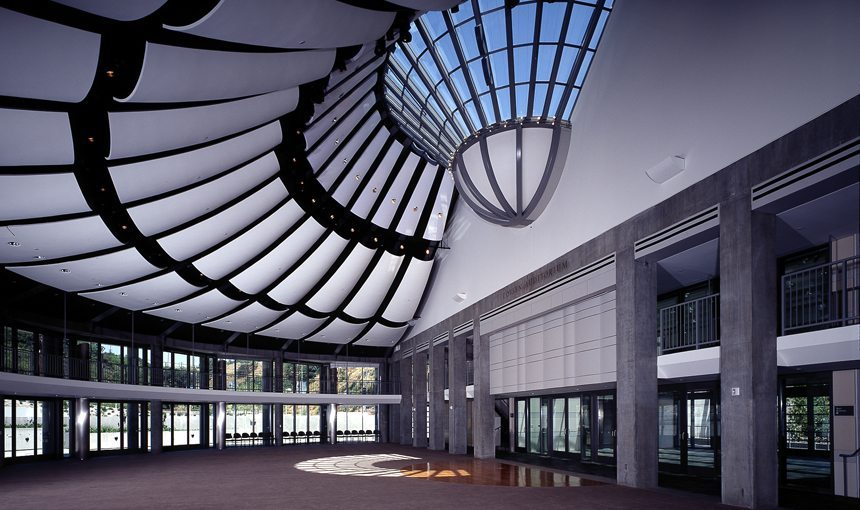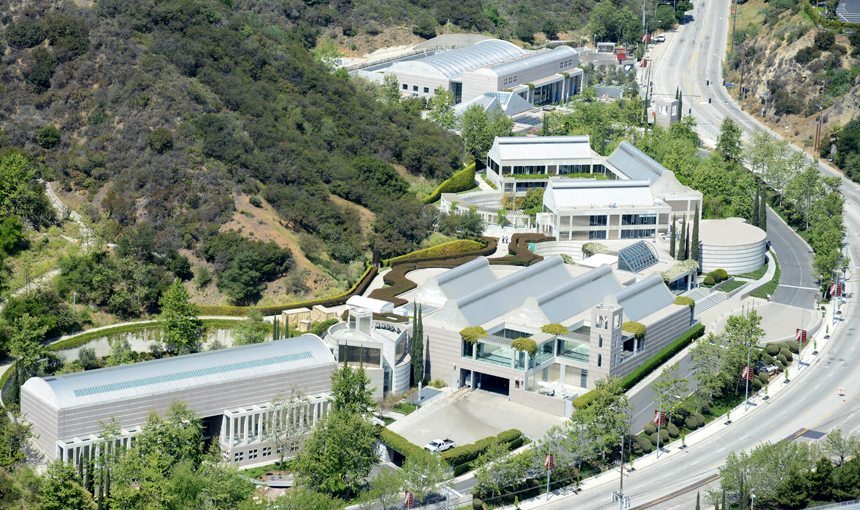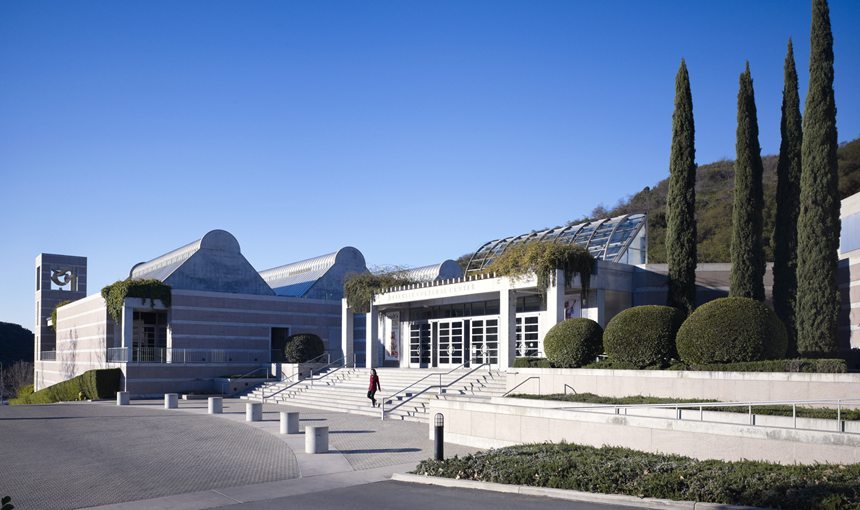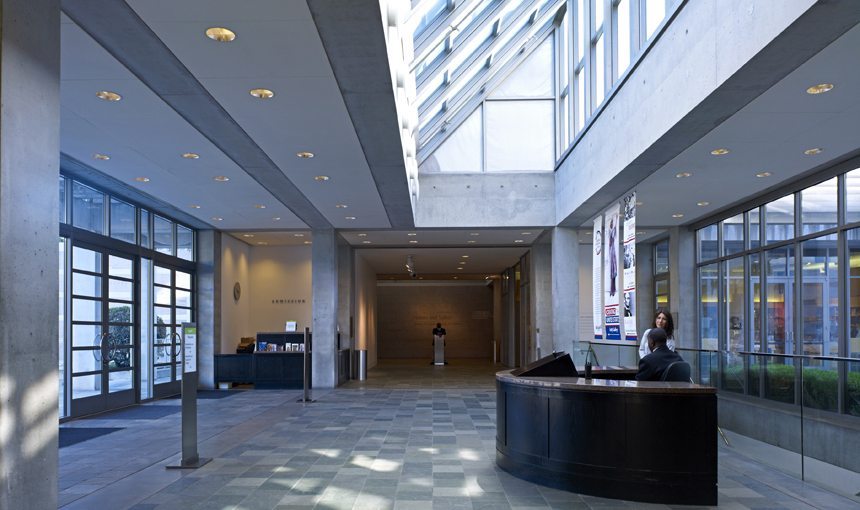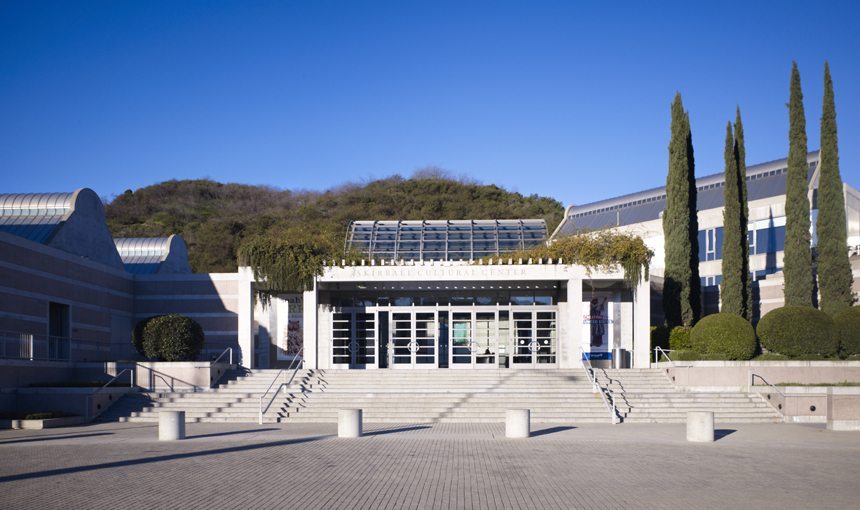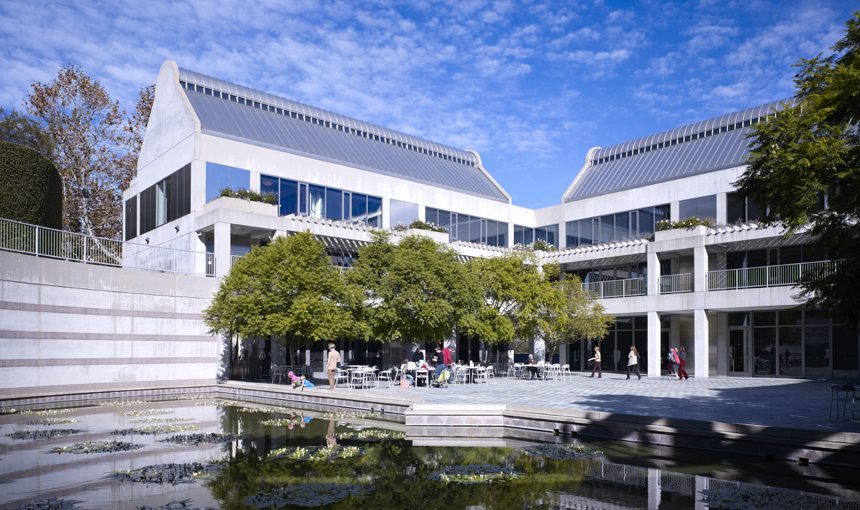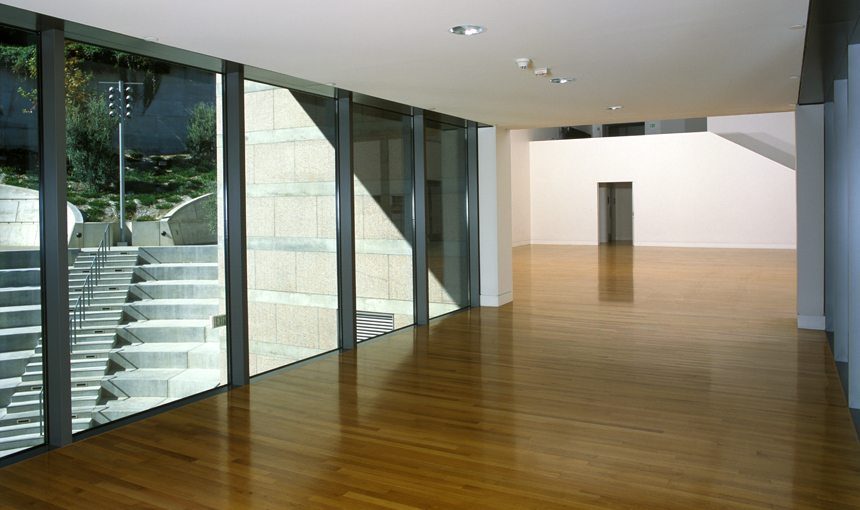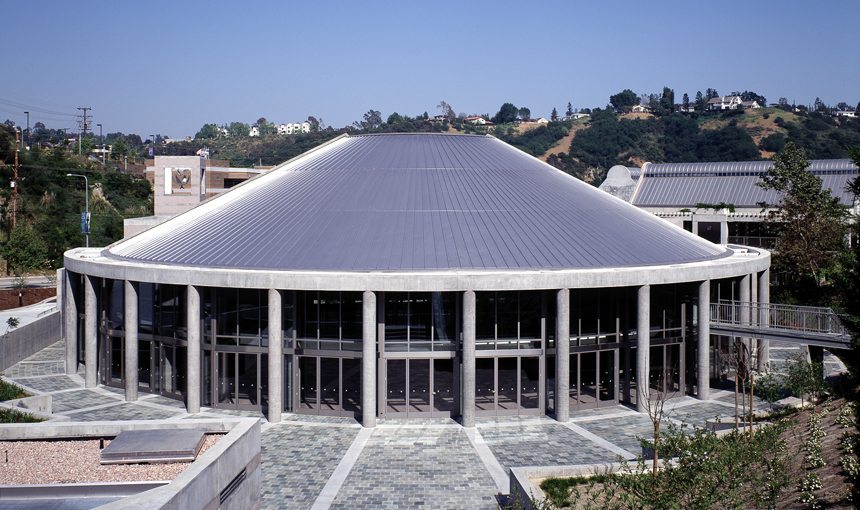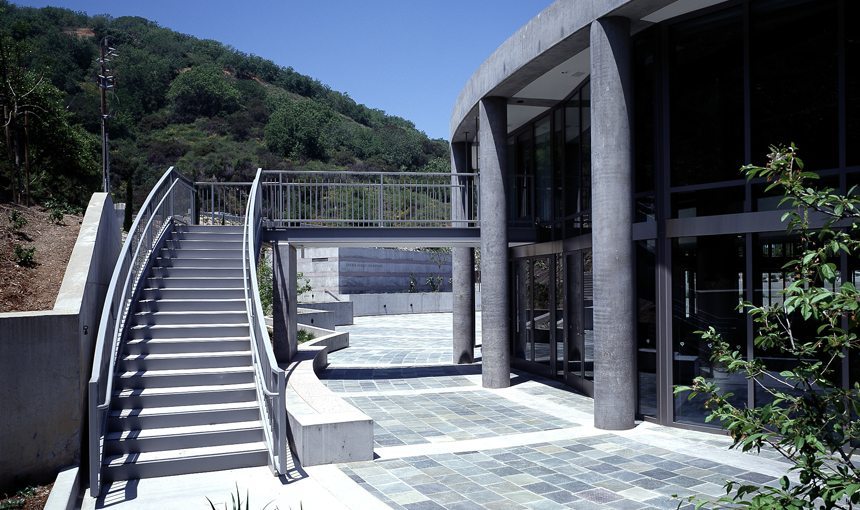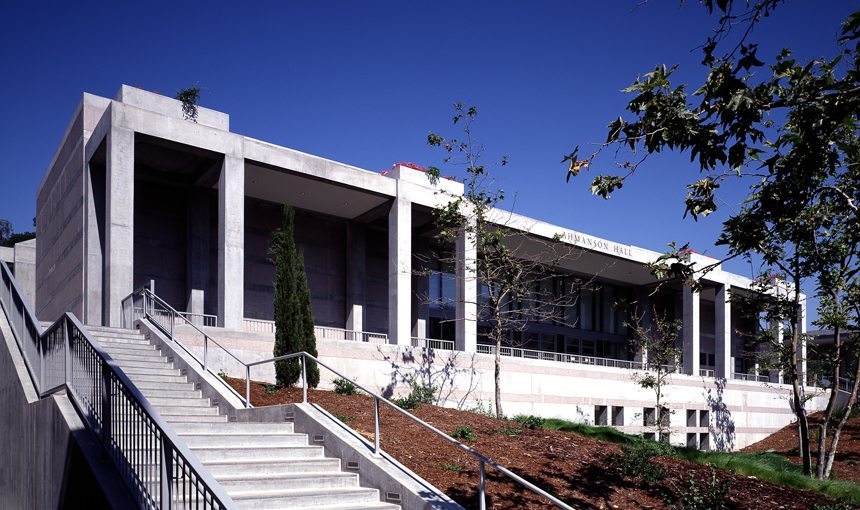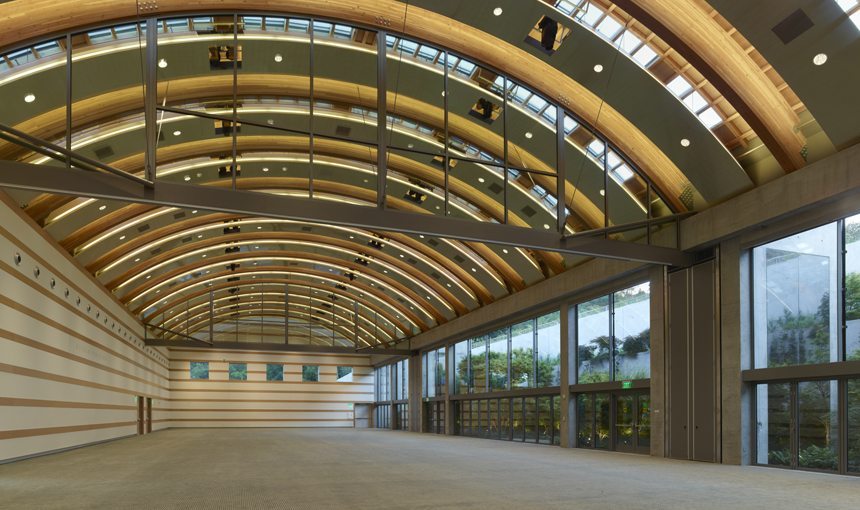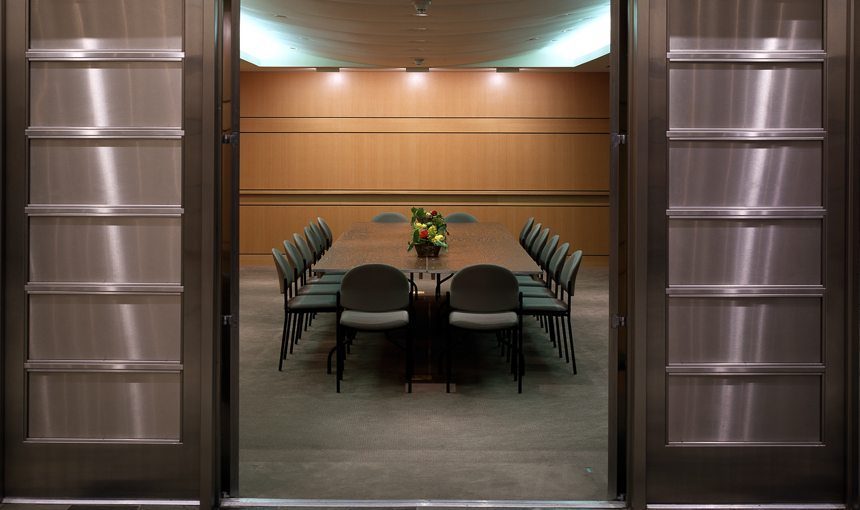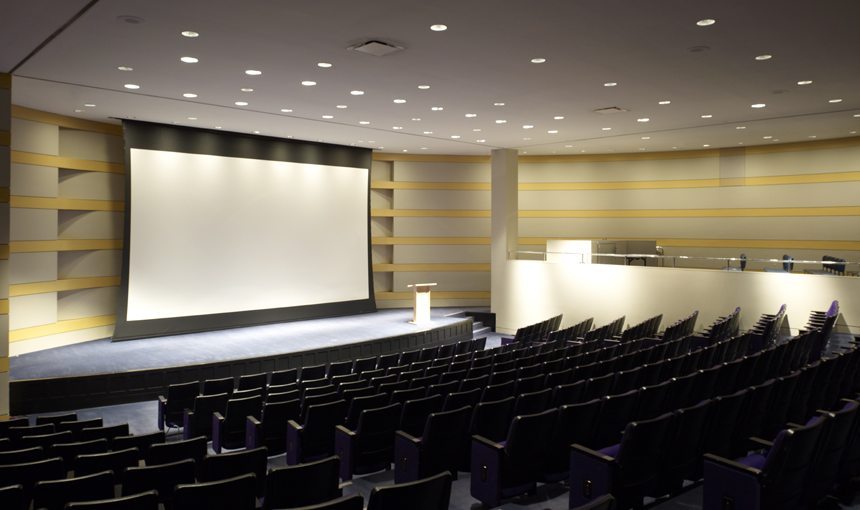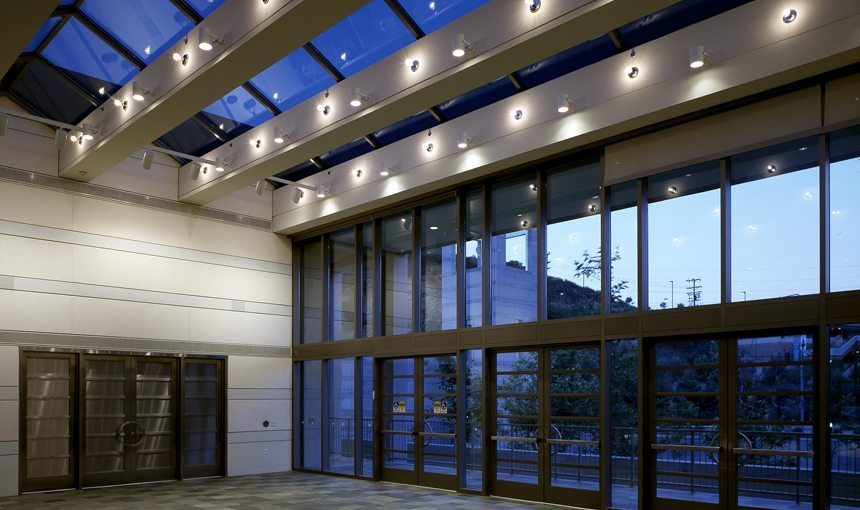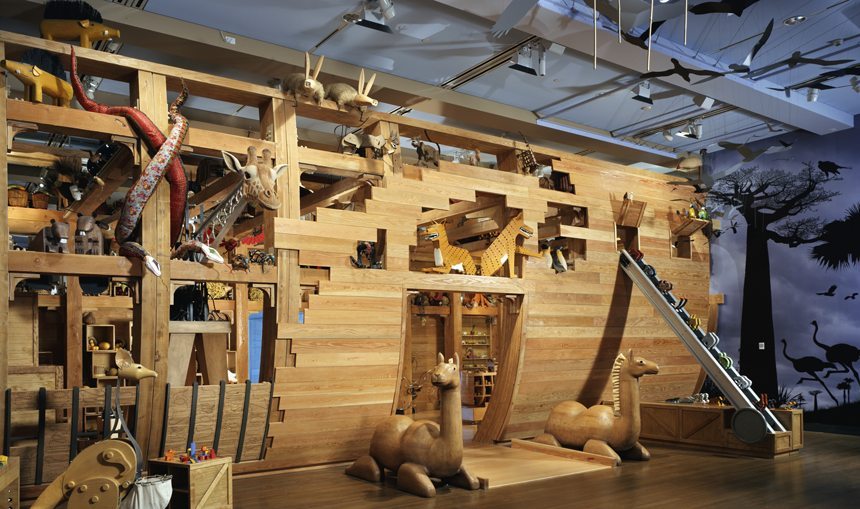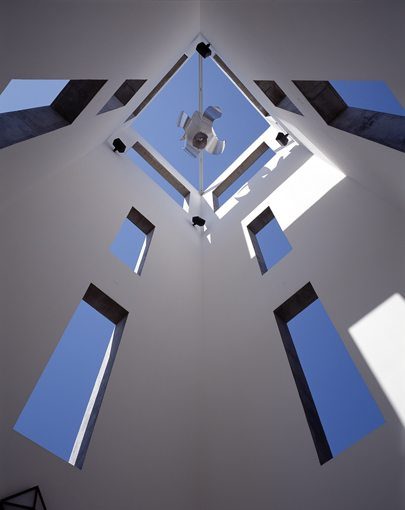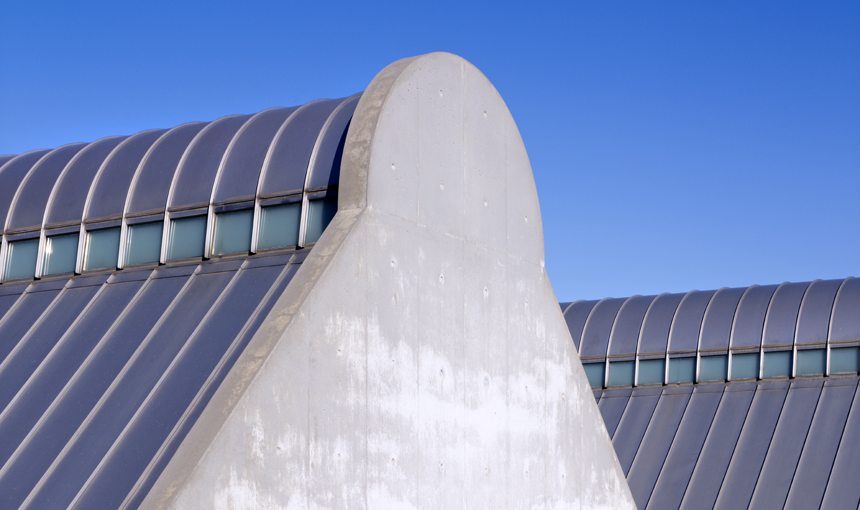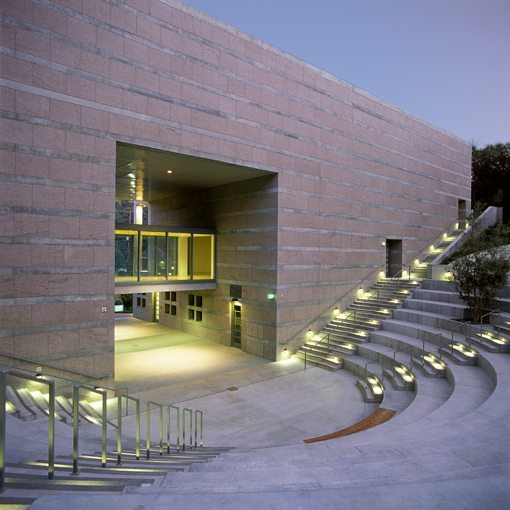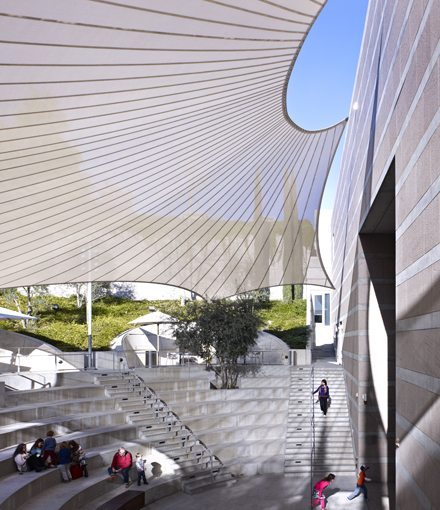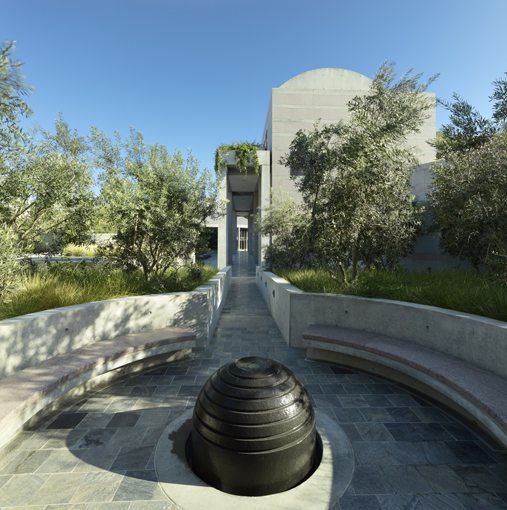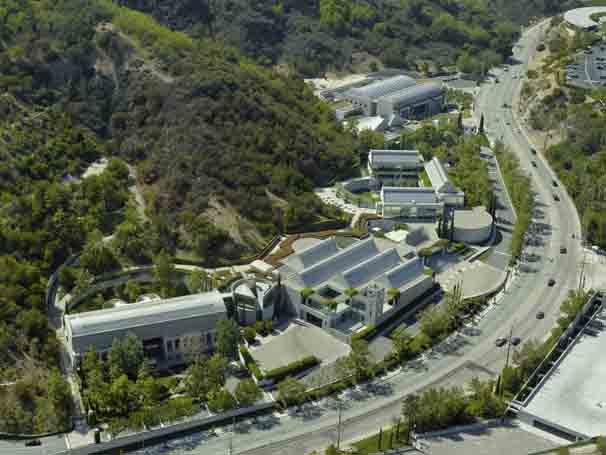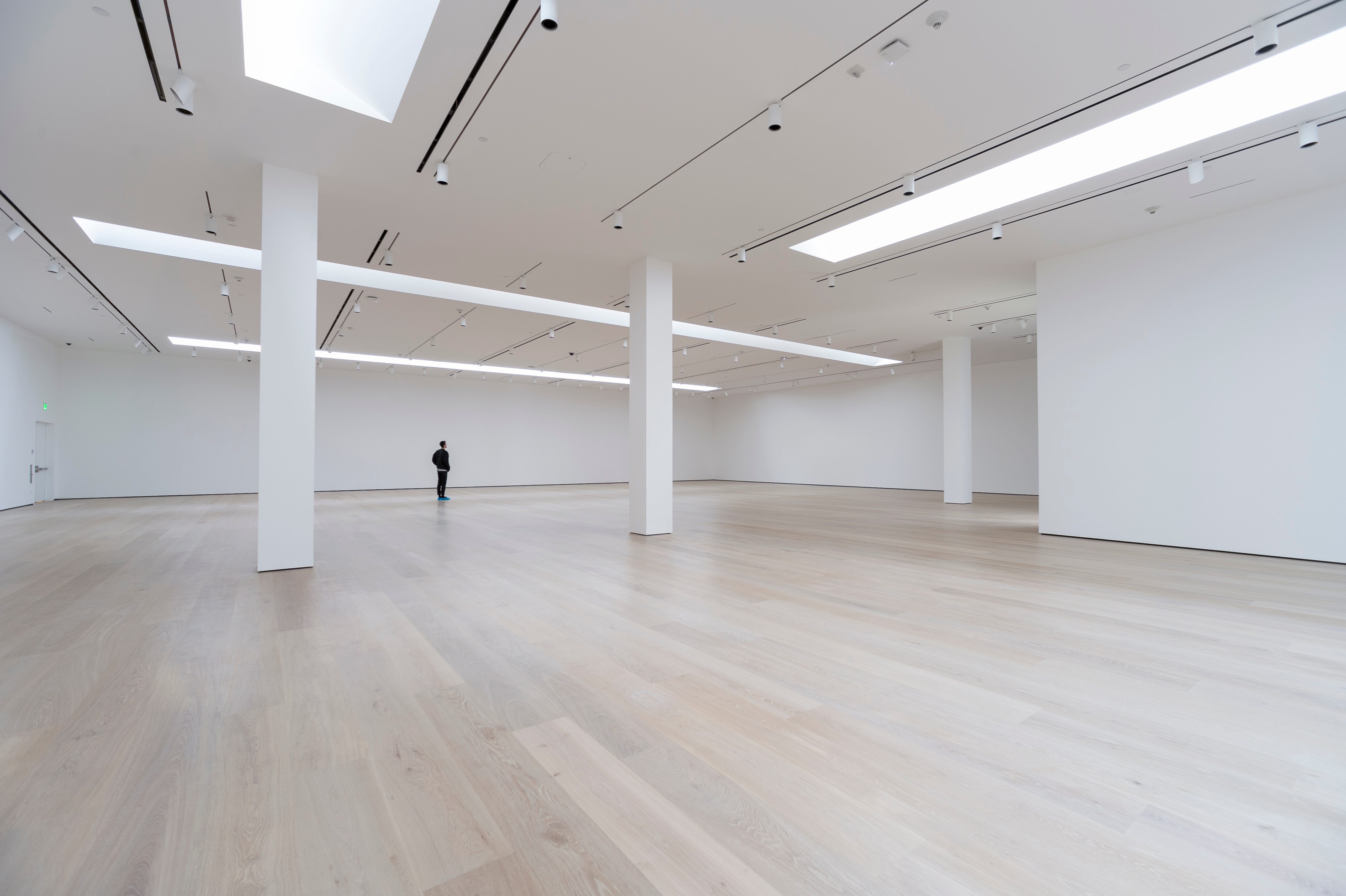Location
Los Angeles, CA
Owner
Skirball Cultural Center
Architect
Moshe Safdie & Associates
Project Size
559,384 SF
Awards
2007 | Woodwork Institute Award for Excellence, General Contractor
2001 | ACI Outstanding Design and Engineering Award
2007 | LABC Architectural Awards Honorable Mention
MATT Construction’s work at the Skirball Cultural Center encompassed multiple phases over the course of 20+ years. Architect Moshe Safdie conceived a design that embraced the rugged Santa Monica Mountains site with a sinuous line of buildings, featuring as-cast architectural concrete and plazas providing views of the surrounding hills.
Design elements provide a unifying theme: exteriors with alternating horizontal bands of gray concrete and pink granite cladding, recurring circles, half circles, squares and rectangles, glass walls and doors that open to create a seamless indoor/outdoor experience, dark gray pavers and columns repeated in regular rhythms, the use of steel to reflect the sky, and the integration of garden elements to soften the sharp angles and surfaces and create a transition between the natural and built environments.
Phase I (1990-1995) produced the Skirball Museum itself, with galleries and collection storage, an archaeology discovery center, and the main building, which includes the Skirballs main entrance and lobby, classrooms and meeting rooms, a conference center, a library and resource center, the Magnin Auditorium, a gift shop, a cafe and offices. Phase II (1998-2000) added the north parking garage, the Arroyo Garden and Ahmanson Hall, whose vaulted, semicircular Cotsen Auditorium has become one of the Skirball’s (and LA’s) architectural gems. Phase II was recognized with a 2001 American Concrete Institute Award for Outstanding Design and Engineering. Phase III (2001-2003) enhanced the south end of the campus with the Ziegler Amphitheater and Winnick Hall. The fourth and final phase completed the Skirball campus with the east parking garage and the banquet complex. The world-class design advances the organization in its mission to inspire people of all backgrounds to discover and celebrate the meaning of heritage.

